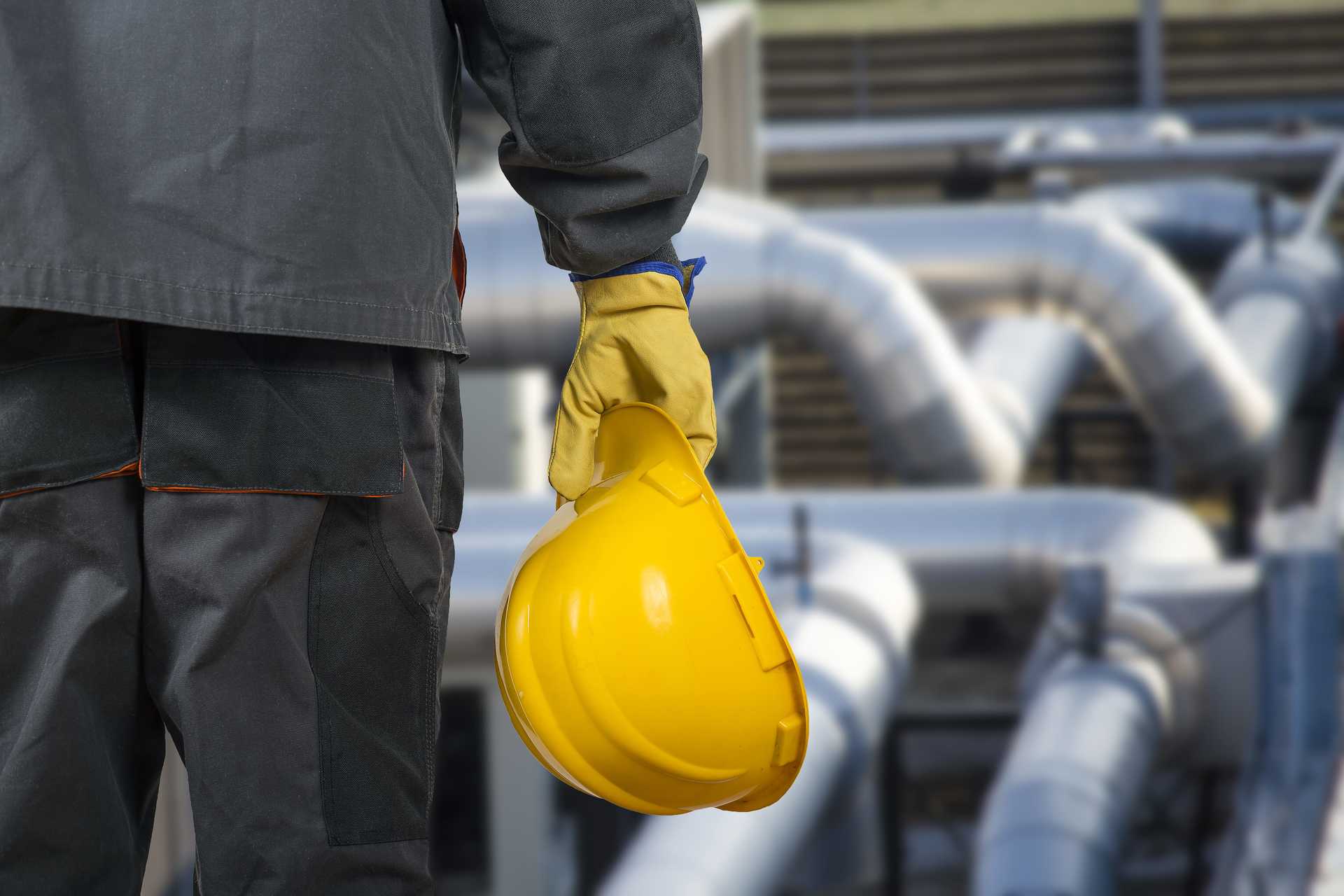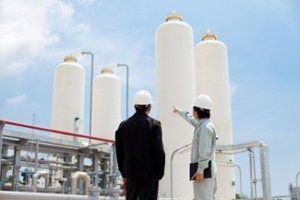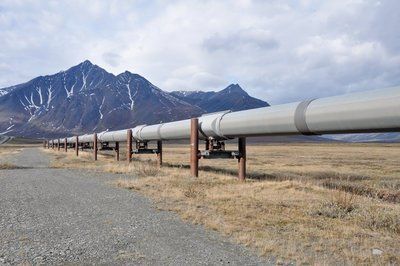HEAVY IRON NEWS
3 Key Facts About Oil and Gas Safety

Though all industries requiring manual labor carry with them some component of risk, the oil and gas industry has proven to be one of the safest. Based on occupational fatalities, the oil and gas extraction field has been shown to be safer than even retail trade services, with only a few industries such as food manufacturing being safer. There have been many pushes by oil and gas companies and regulatory organizations to maintain safe working conditions on oil and gas sites, and these initiatives have led to positive results industry wide.
FACT #1: THE OIL AND GAS INDUSTRY HAS FEWER INJURIES THAN NEARLY ANY OTHER OCCUPATION
When considering non-fatal injuries and diseases, the most dangerous industries are local government, agriculture, forestry, food manufacturing, transportation, and warehousing. Oil and gas extraction has one of the least common incidences of injury, safer than professional and business services and wholesale trade services. A far more dangerous occupation is construction. Construction has the highest rate of fatal occupational injuries and one of the highest rates of non-fatal injuries and illness.
Fatal injuries and non-fatal injuries must be looked at together to paint a whole picture. For instance, the food manufacturing injury has a very high incidence of injury but almost no fatalities. This shows that while it is very possible to be injured in food manufacturing, the injuries are unlikely to be severe. Construction has a lower incidence of injury, but many fatalities; that indicates that many accidents in construction are fatal. In the case of oil and gas, both non-fatal injuries and fatal injuries are very uncommon, showing that the industry as a whole is quite safe.
FACT #2: THE OIL AND GAS INDUSTRY WORKS WITHIN FEDERAL AND STATE SAFETY REGULATIONS
The lack of injury, illness, and death in the oil and gas injury is in part due to federal regulations, the National Institute of Occupational Safety and Health, and the Occupational Safety and Health Administration, all of which have coordinated together to maintain the safety of oil and gas operations. State programs have also been instituted in gas and oil rich areas, such as Texas. Together, there are very few ways in which safety hazards could potentially slip through the cracks.
FACT #3: THE OIL AND GAS INDUSTRY IS CONTINUALLY IMPROVING ITS SAFETY

Fatalities have decreased in many states following new regulations and better safety standards. North Dakota notably showed a 32% decrease in fatalities while showing a 26% increase in crude oil production. California and Pennsylvania were also able to improve their safety and lower their fatality numbers. It's important to note that injury and illness numbers will often rise slightly once fatalities are lowered, as injuries that would once have claimed a life are mitigated through the use of equipment and training. Thus, injury and illness numbers may temporarily increase in some fields even though the field itself is becoming safer.
The oil and gas industry has shown itself to be an incredibly safe industry in the past few years, with safety standards increasing throughout the decade and injuries and fatalities steadily going down. As new jobs are opened in the oil and gas field, workers can move from more dangerous positions such as construction, thereby increasing their own personal safety. Though the oil and gas industry may have once had a reputation for being unsafe, this reputation is based on the industry standards of many decades ago, and is entirely unfounded in the modern environment.
Subscribe to Email Updates
Recent Post





